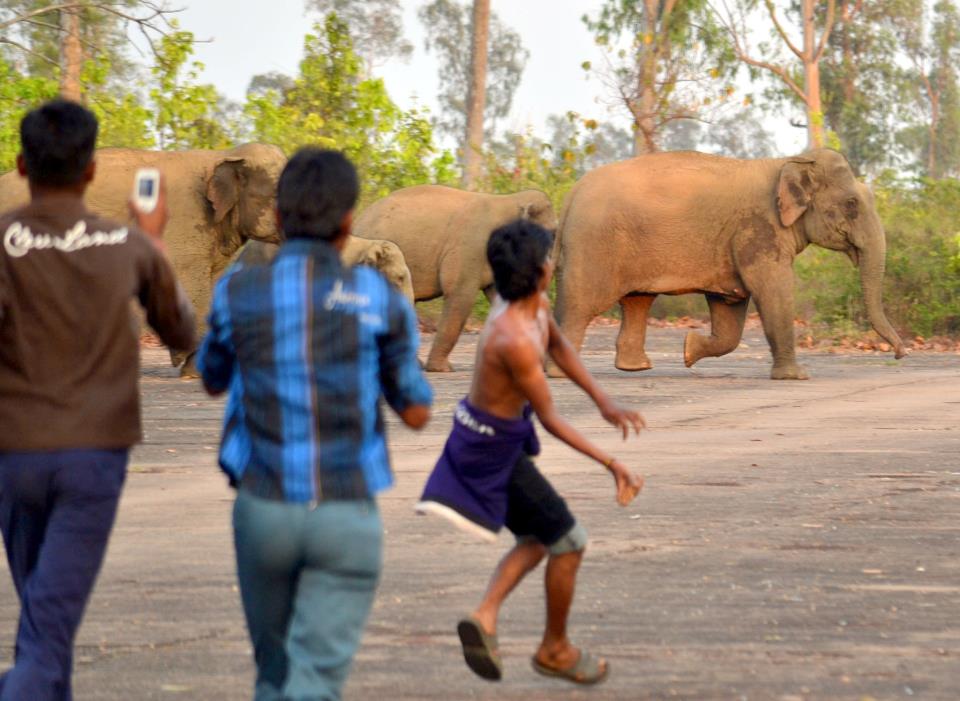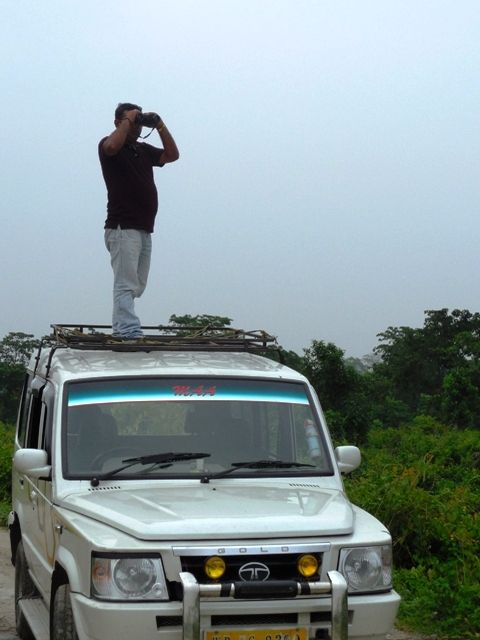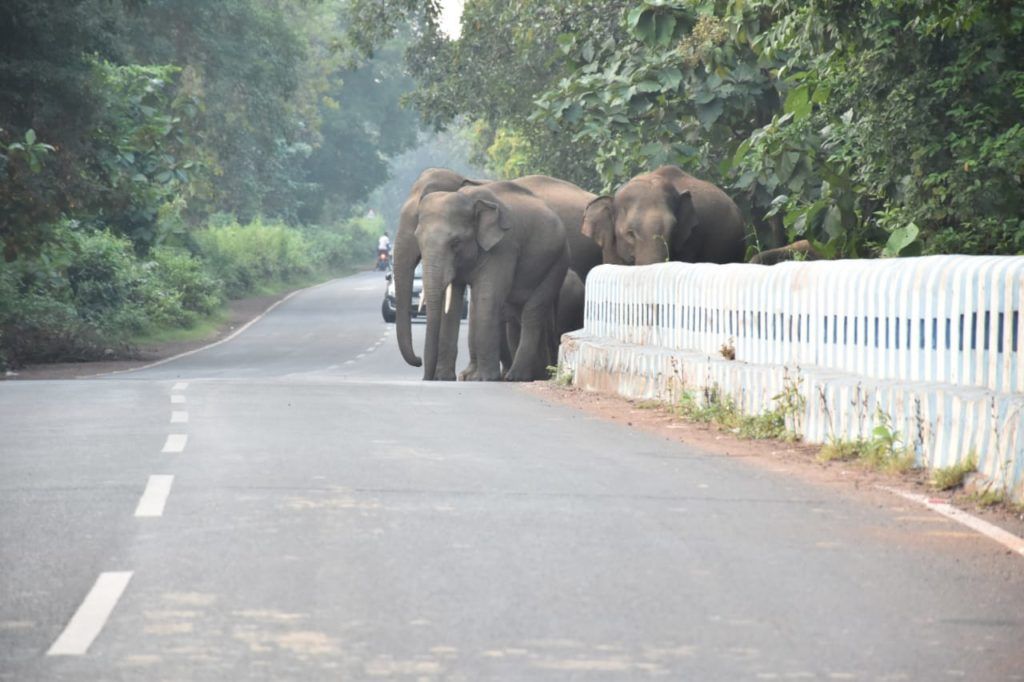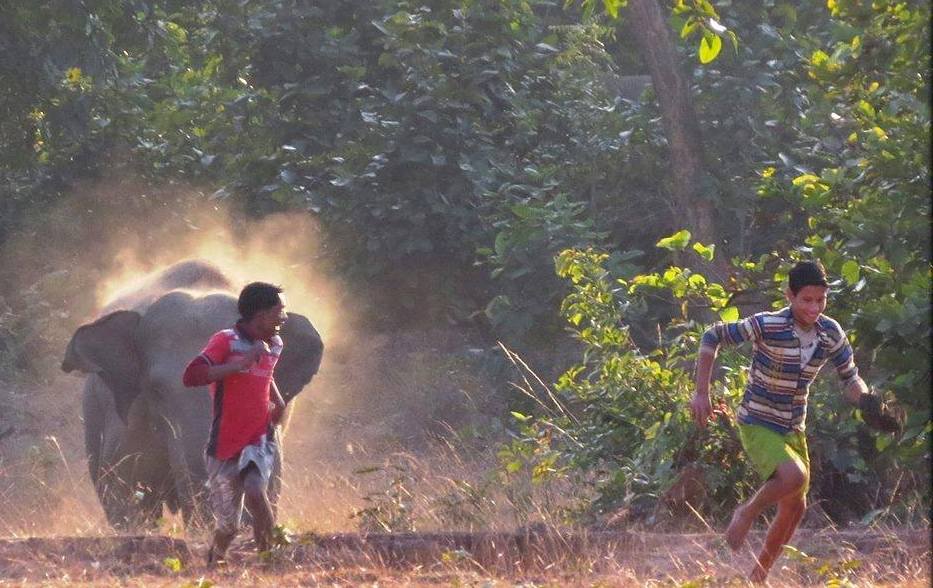Samya, our partner in India, recently told us they’ve lost ten elephants already this year. Five have been electrocuted and three have been hit by trains and killed on the railway lines. Death for Asian elephants continues to be an increasing threat.
Increasing populations, increasing conflicts
Asian elephants are the smaller cousins of Africa’s giants. They once roamed an area 9 million km2, from western Asia along the Iranian coast, all the way down to Sumatra, Java and Borneo, and north to the Yangtze River in China. Due to huge losses of habitat and fragmentation, poaching and the live elephant trade, their numbers plummeted. Now fewer than 50,000 remain, with half of those living in India.
Though the global population of Asian Elephant is decreasing, in certain regions, elephant numbers are going up. In the area where we’re working the number of elephants increased from about 120 in 2010 to almost 200 in 2017 (an increase of 64%) and over 230 in 2019. We think this is due to an increase in forest area over the last ten years, as some tea plantations have been converted back to forest.

This may sound like good news, but in a country as densely populated by humans as India is, this can lead to real problems. We’ve been working with elephant researcher Samya Basu from West Bengal to try and address some of these issues. Human-wildlife conflict is a huge problem facing many species and many people. With elephants, the conflict is often fatal for both people and the animals. We’re urgently trying to stop this devastating problem.
Removing dangers and protecting Asian elephants
In West Bengal, where Samya works, there are two elephant reserves, Mayurjharna Elephant Reserve in Southern West Bengal and Eastern Duars Elephant Reserve in Northern West Bengal. Unfortunately none of elephant reserves in India have legal protection which makes the human-elephant conflict management much more challenging.
As well as this, the areas in between, their migratory routes, are fraught with danger. Elephants risk being electrocuted by low hanging cables, poisoned in retaliation for eating crops or hit and killed by trains.

Samya Basu tracking elephant herd movement (Credit – A. Roy) 
Elephant herd crossing a major road

Samya and his team are identifying the routes the elephants take so he can speak to local policy makers and forest managers to get these areas protected and dangers removed as quickly as possible. He’s also trying to make local communities less scared of elephants and better equipped to ward them off to prevent them coming into conflict with each other.
Will you help save the lives of these beautiful elephants and the local families living in fear?
This project is only possible with your donations so please give today.
